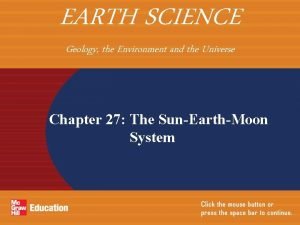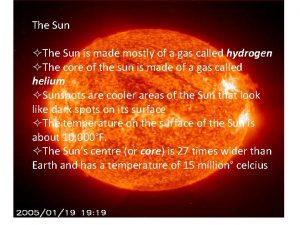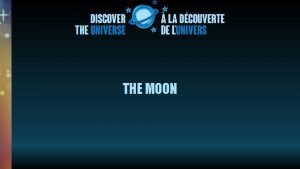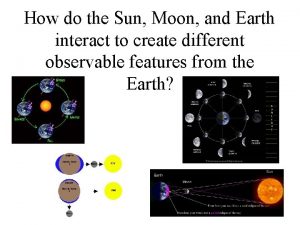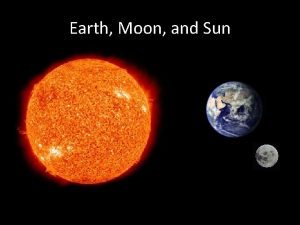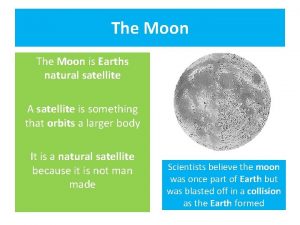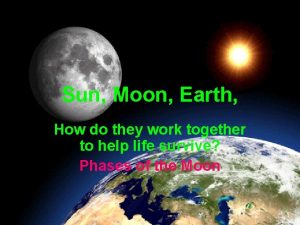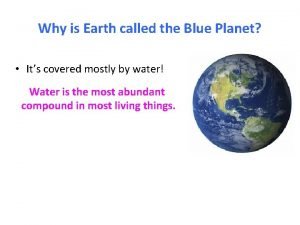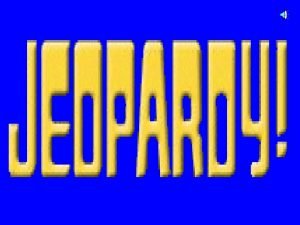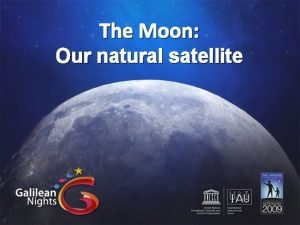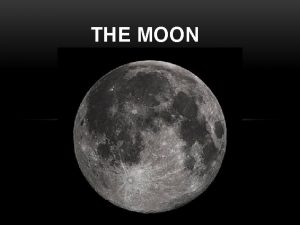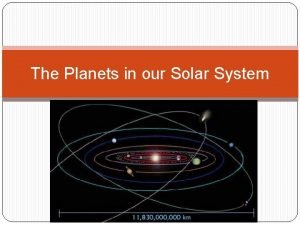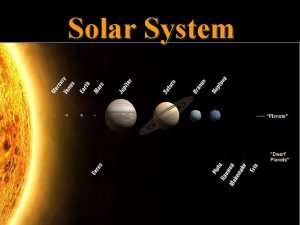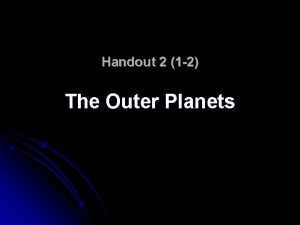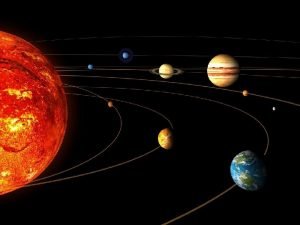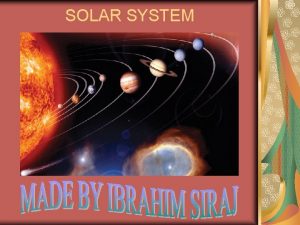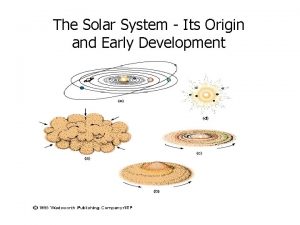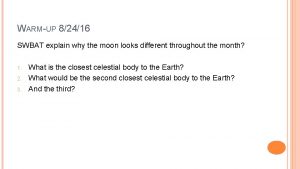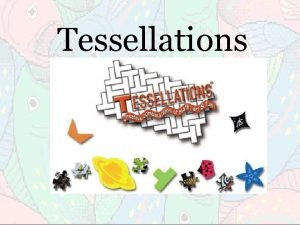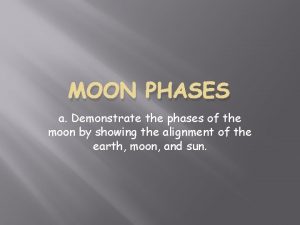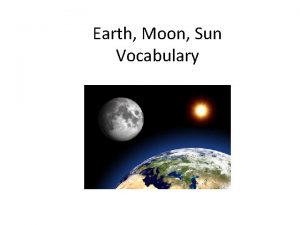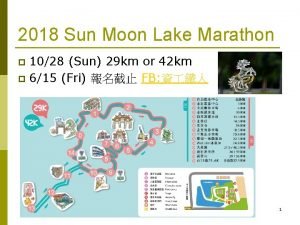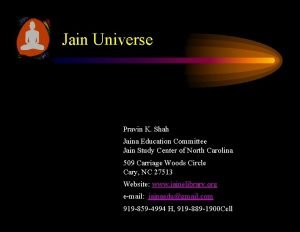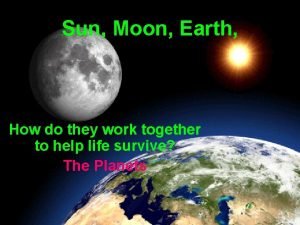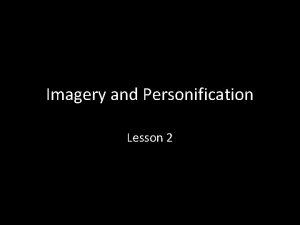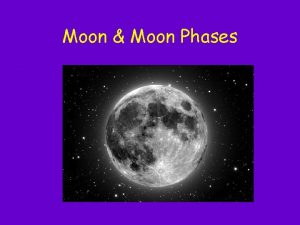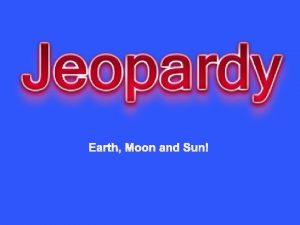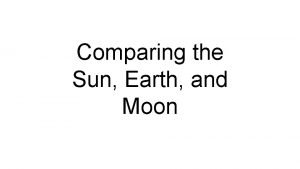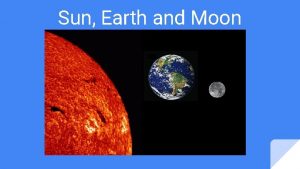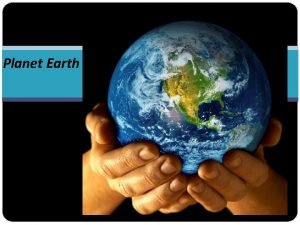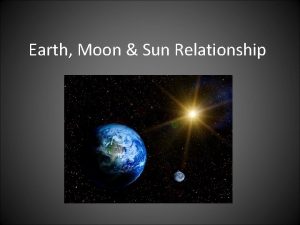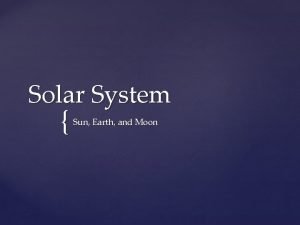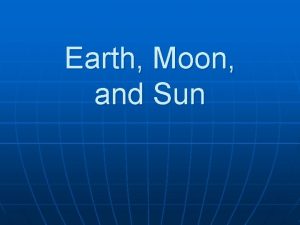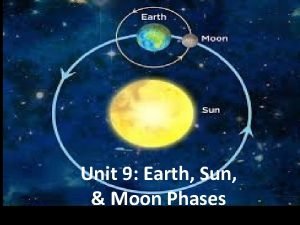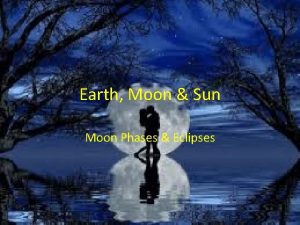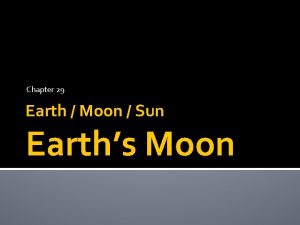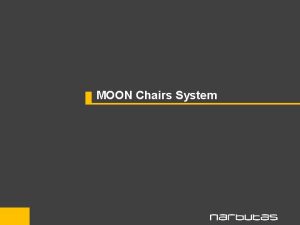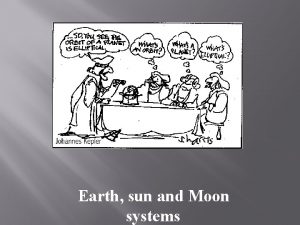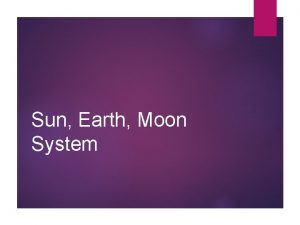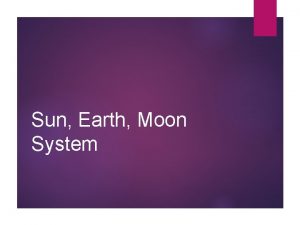Earth Moon System The Sun Earth Comparing planet































- Slides: 31

Earth -Moon System The Sun -Earth Comparing planet size video link

The moon is thought to be created from a chunk of earth that flew off after a large collision billions of years ago when the earth was still hot! Due to a lack of an atmosphere and running water on the moon, we see large amounts of impact craters on surface The Earth and Moon

The Moon’s Surface The moons surface video tour Mare Imbrium (Sea of Rains) Kepler Crater Copernicus Crater Mare Tranquillitatus (Sea of Tranquility)

Formation of a Crater

Part II: Orbital Motions of the Moon The moon revolves around earth in elliptical orbit= 27 ½ days (Sidereal Month) The moon’s rotation is 27 1/3 days SO this means, for every revolution there is one rotation SO we always see the same side of the moon from earth!

The Moon’s Orbit Apogee: When Moon is furthest from Earth Perigee: When moon is closest to earth

Moon Phases video clip 1. ) WHY WE HAVE PHASES: Half of moon is always receiving light from the sun (We see what is reflected off surface) Since moon revolves around earth, people observe varying amounts of lighted half during orbit 2. ) PHASES ARE CYCLIC The period of one full moon to the next is 29 ½ days (The Synodic month) Waxing= when moon is getting brighter (larger moon) Wanning= when moon is decreasing visibility (smaller moon)


Gibbous= 75% full quarter “half moon”=(50%) Crescent= 25% full New= 0% full Full=100%

Some tricks to remember Waxing/Waning Waxing Waning “Light on Right, moon grows bright” Wax-On! Light on Left Wan-off!


click here for the lunar phase simulator animation! Click here to watch an animation on why we always see the same side of the moon!

Because the Moon’s orbit tilted 5˚, it’s rare we experience solar and lunar eclipses! Click here to see the inclined orbit of the moon! Eclipse occurs: when the moon or earth comes into the shadow of one another. Lunar Eclipse: When the moon revolves into the shadow of the Earth at full moon phase (2/yr) Solar Eclipse: In the new moon phase, when the moon blocks out the sun, casting its shadow on

Lunar Eclipse Must pass fully into earth’s Umbra( shadow) for total eclipse

Solar Eclipse solar eclipse clip partial solar eclipses can be observed in Penumbra area (lighter part of moons shadow) Click here to see a solar eclipse animation!

Practice: Page 80, Read “The Blue Moon” 38. )__________________ ___ 39. ) ______ 40. ) (Draw)

HW REVIEW/Review Book Work 41. ) 42. ) Page 77 8. ) 43. ) 44. ) 9. ) 45. ) 46. ) Page 74 10. ) 52. ) 53. ) 54. ) 55. ) 56. ) 57. ) 11. )

Only some portions on earth will pass in the moons shadow

In class Practice: 1. ) During which lunar phase can a solar eclipse be viewed by earth? __________ 2. ) During which lunar phase can a lunar eclipse be viewed by earth? __________ 3. ) Approximately how many days occurs between the moons first quarter and last quarter phase? A. 7 B. 15 C. 29. 5 D. 27. 5

Checkpoint Question What would the moon phase look like to an observer on earth at position 2? 4. ) a b c d

Which location would an observer view the moon phase located in diagram 2?

Part III: The Tides

What is a tide? Alternating rising and falling of water due to the position of the moon, earth and sun. -The moons gravity pulls on Earth -Creates bulges of ocean water on near and far sides of Earth -Because the Moon “appears” to revolve around the earth each day, the tides there are high and low tides 12 hours apart. (It’s due to earth’s rotation) Fact: The moon has a greater gravitational pull (2 x) effect on the Earth than the sun –why? NASA Animation

Tidal Variations depend upon the position of the moon and sun a) When the Sun + Moon are both aligned, the tides are highest SPRING TIDES (2 x per month) b) When moon is at a right angle to the Sun. Earth, some of moons gravitational pull is counteracted by Sun’s Neap Tides (2 x per month)

Moon Phases and Tidal Effects Neap Tides: occur during quarter moon phases (when moon is at right angle to earth-sun) (low tidal range) Spring Tides: occur during new and full moons (very high tidal ranges) b/c the moon is constantly changing position, the time of high and low tide changes each day click here to see a full animated explanation of the tides


What times on 11/3 was high tide?

Approximately what time will the next high and low tide occur?

Other facts about tides In the Bay of Fundy the tides have a range of about 44 ½ feet! The tidal effect is amplified anywhere in a bay or estuary (more water forced in/more water drained out)

Regents Practice on Tides and solar/lunar eclipses Pg 75 46. ) 47. ) 49. ) 50. ) 51. ) Pg. 78 Part B 19. ) 20. ) _____ 21. ) 22. ) because the_______________ 23. )

Class activity links Lunar Calendar Today's Moon Phase (without names)
 The sun-earth-moon system worksheet answers lesson 1
The sun-earth-moon system worksheet answers lesson 1 Chapter 27 study guide the sun-earth-moon system
Chapter 27 study guide the sun-earth-moon system The sun is made mostly of
The sun is made mostly of Does the moon rotate
Does the moon rotate How the sun moon and earth work together
How the sun moon and earth work together What season is this
What season is this Earth sun and moon relationships
Earth sun and moon relationships Earth vs sun
Earth vs sun Whats a natural satellite
Whats a natural satellite How does the sun moon and earth work together
How does the sun moon and earth work together Why earth is called blue planet
Why earth is called blue planet Duo servicekantoor
Duo servicekantoor Which moon phase occurs directly before a new moon
Which moon phase occurs directly before a new moon Moon sister moon calendar
Moon sister moon calendar Home.hiwaay.net/ krcool/astro/moon/moon tides/
Home.hiwaay.net/ krcool/astro/moon/moon tides/ Moons pattern
Moons pattern Whats the fifth planet from the sun
Whats the fifth planet from the sun Whats the fifth planet from the sun
Whats the fifth planet from the sun Inner planets matching
Inner planets matching Solar system picture
Solar system picture Whats the fourth planet from the sun
Whats the fourth planet from the sun Whats the furthest planet from the sun
Whats the furthest planet from the sun Moon phases
Moon phases Totally tessellated
Totally tessellated Moon phases when the sun is on the left
Moon phases when the sun is on the left Moon
Moon Sun moon lake marathon
Sun moon lake marathon Moon and sun comparison
Moon and sun comparison Dangdang ay cordillera
Dangdang ay cordillera Airavat kshetra
Airavat kshetra How the sun and moon work
How the sun and moon work The moon personification
The moon personification

